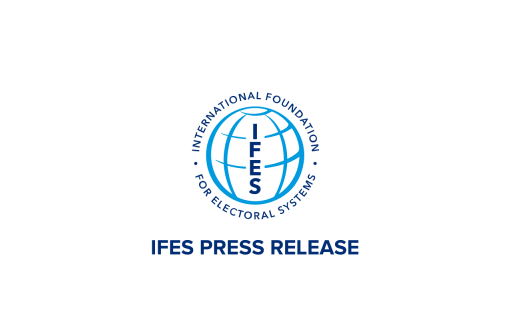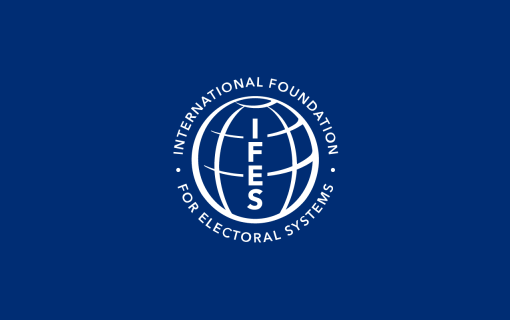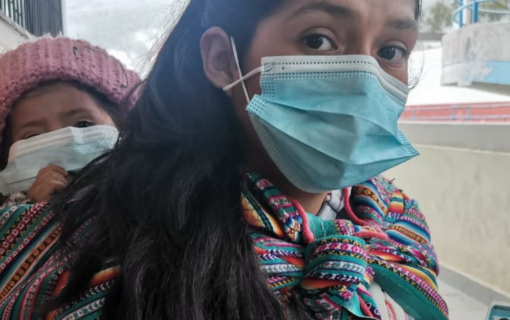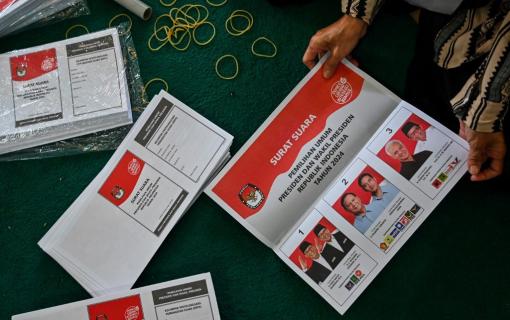Republic of Indonesia, 1999: Allocation of Seats to Political Parties for the Peoples Representative Assembly (DPR)
Background
On June 7, 1999, elections were held in Indonesia for the 462 elected seats in the national People's Representative Assembly (DPR) and for assemblies at the provincial and district levels. The election law approved in January provided for assembly seats to be allocated to political parties contesting the election according to a proportional representation system.
The voting process in Indonesia's June 7 elections was generally viewed by domestic and international monitors as reasonably competent, fair and transparent. Consolidation of the vote count following the elections proved to be a slow and difficult process, however. Numerous administrative problems and allegations of voting irregularities held up tabulation and certification of the election results. A stalemate within the National Election Commission (KPU) on vote certification was surmounted when President Habibie signed a decree on August 4 validating the voting results from the June elections.
Allocation of seats to political parties based upon the certified results was further delayed because of controversy over application of regulations passed only weeks before the election by the KPU regarding seat allocation. These regulations introduced an element called "stembus accords," by which parties could enter into pre-election agreements to combine their "remainder" votes to improve chances of being awarded seats (see discussion below of seat allocation procedures, including use of vote quotas and "largest vote remainders"). The lack of clarity in the rules and the short time period for forming the accords caused some confusion.
Disputes arose after the election over which parties had made valid stembus accord agreements, and whether such agreements advantaged or disadvantaged their parties' overall seat allocation. Some parties that performed poorly in the elections sought to form post-election agreements to share votes, and some even argued they should each be given a seat despite lack of voter support. A renewed KPU stalemate was finally resolved by a vote on August 30 to simply disregard the stembus accords in allocating seats to political parties for the national DPR.
Thus, the Indonesian Election Committee (PPI) was unable to finalize seat allocation for the national DPR until September 1. Of 48 political parties qualified to contest the election, 21 parties succeeded in receiving a share of the 462 elected DPR seats. These 21 parties received 96% of the 105,845,937 valid votes cast for national DPR. Of those votes cast for the 21 winning parties, the top five parties obtained 90% of that vote and 90% (416) of the seats allocated.









